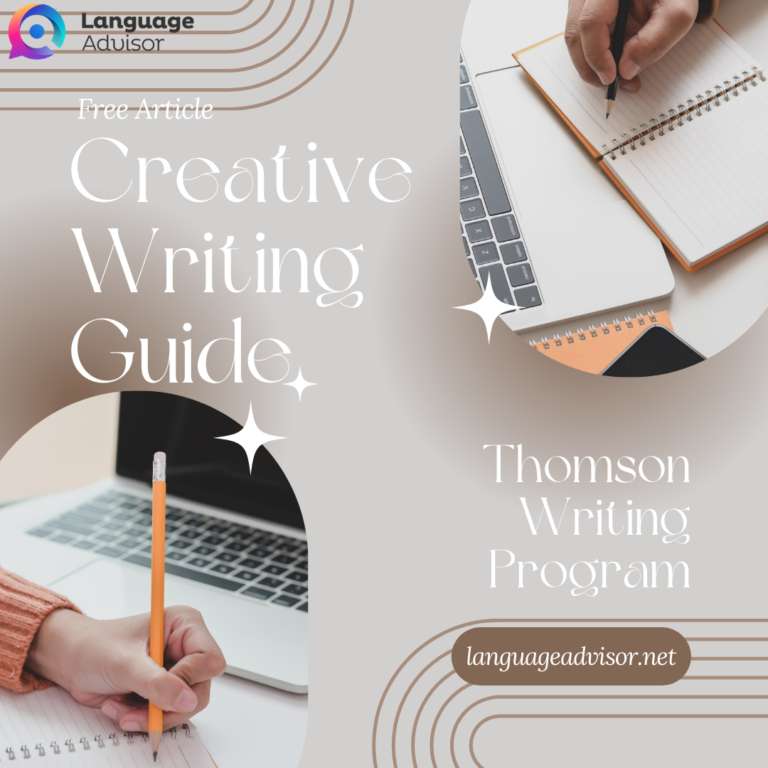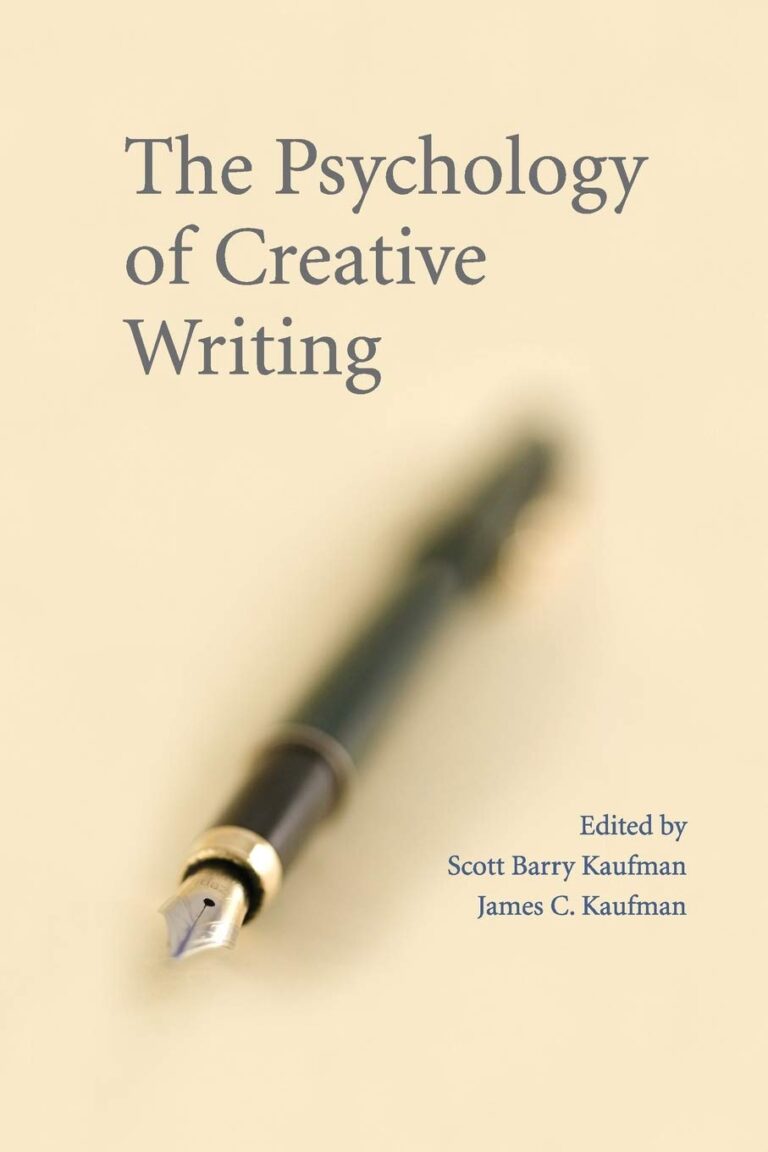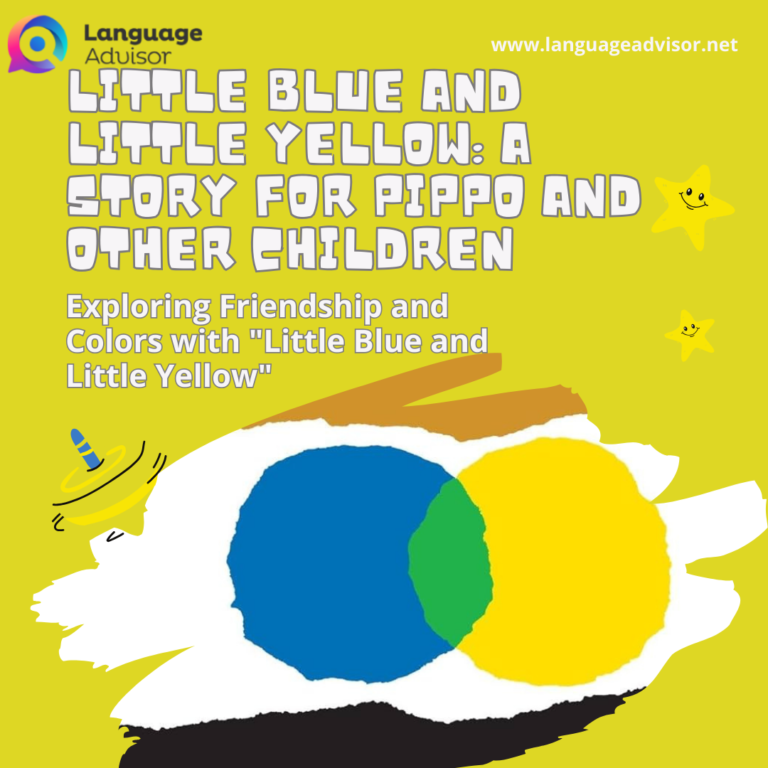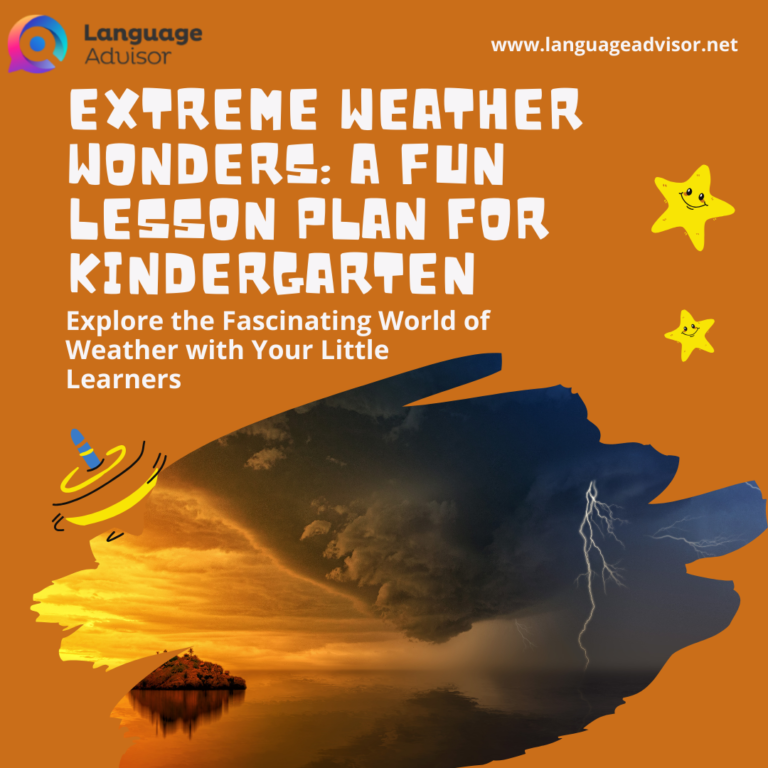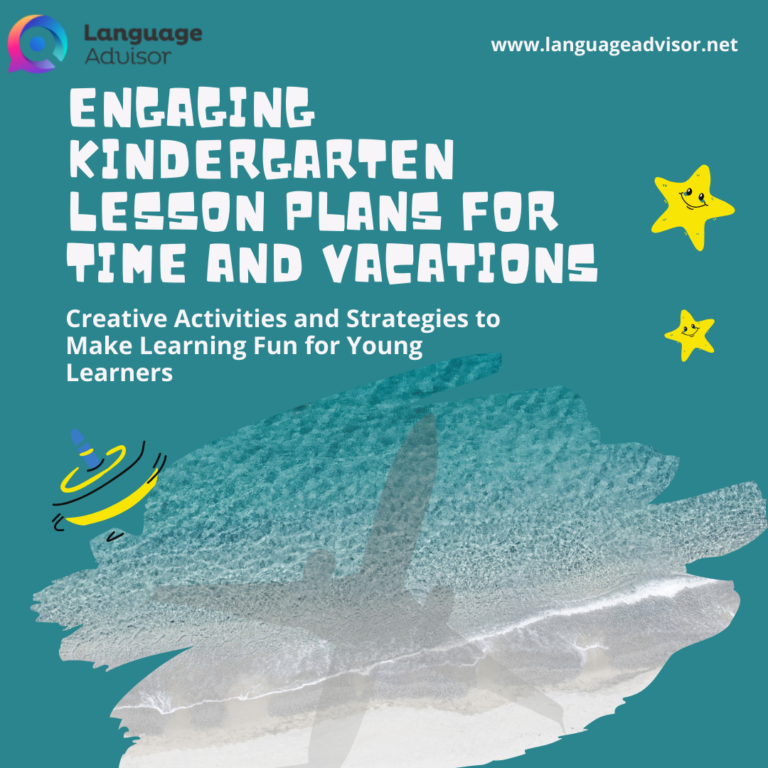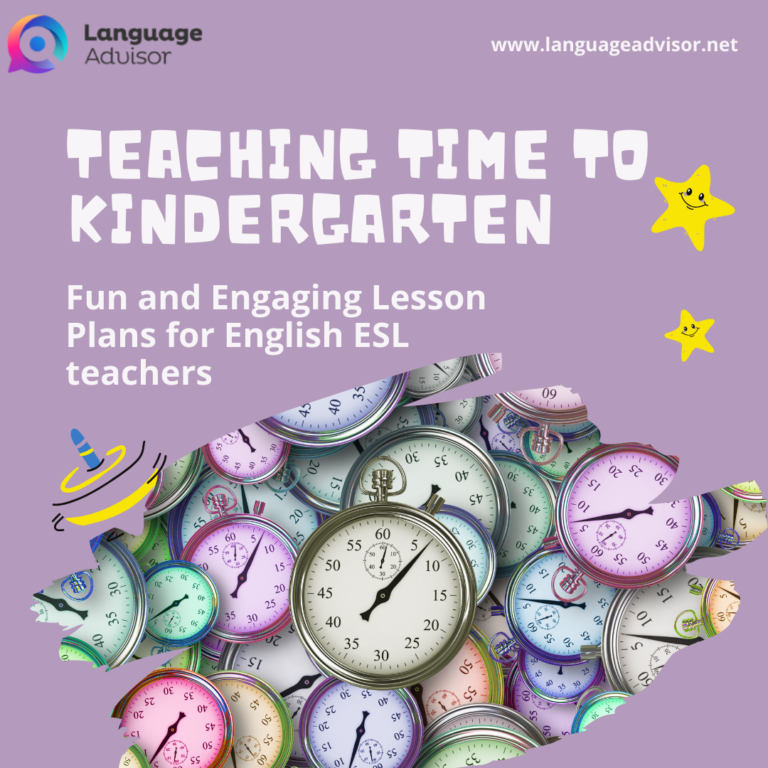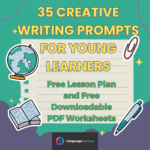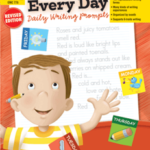Creative Writing Prompts with Lesson Plan and Free Downloadable PDF Worksheets: What is Happening in the Picture.
Creative Writing Prompts

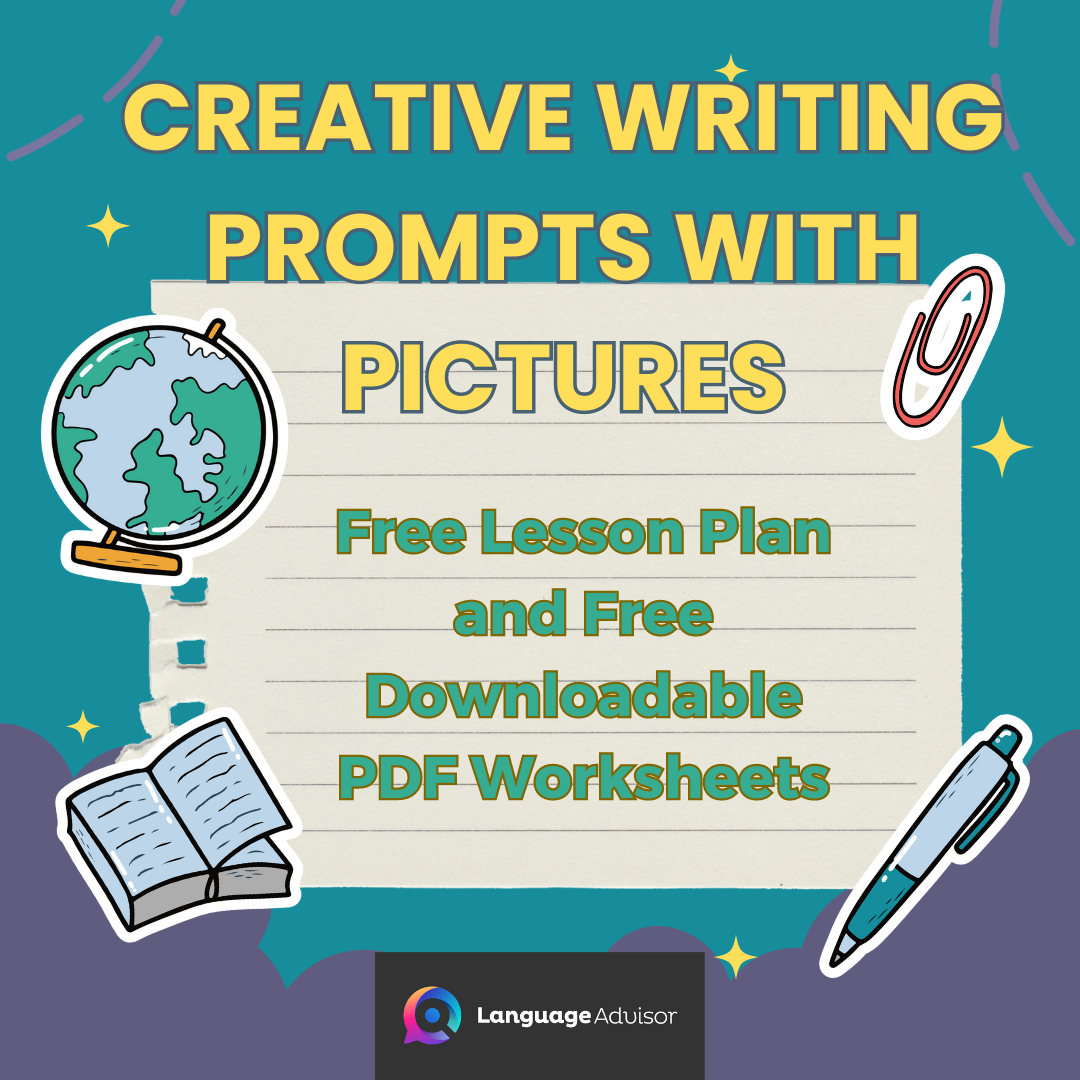

Creative Writing Prompts
Objective
Students will develop their creative writing skills by observing and interpreting pictures and writing imaginative stories or descriptions based on the visual cues.
Target Audience
Grade Level: Middle School (Grades 6-8)
Duration
Duration: 1-2 class periods (45 minutes each)
Materials
- A variety of pictures or images (photographs, illustrations, or paintings) for the students to analyze and write about. Make sure the pictures have interesting elements and potential for various interpretations. See some free PDFs Worksheets below.
- Whiteboard or chalkboard with markers or chalk.
- Individual copies of the “What’s Happening in the Picture” worksheet (one for each student).





Introduction (10 minutes)
- Begin the lesson by displaying a captivating picture on the board and ask the students to observe it carefully for a minute or two.
- Engage the students in a brief discussion about what they see in the picture. Encourage them to share their initial thoughts and impressions. Ask questions like:
- What do you notice in the picture?
- Who are the characters in the picture?
- Where do you think the scene takes place?
- What emotions or feelings do you think the characters are experiencing?
Instruction (15 minutes)
- Explain to the students that they will be practicing their creative writing skills by developing imaginative stories or descriptions based on the pictures they observe.
- Emphasize the importance of using descriptive language, vivid imagery, and engaging storytelling techniques to make their writing captivating for the reader.
- Introduce the concept of “show, don’t tell” in writing and provide examples to demonstrate how to use descriptive language effectively.
- Share some creative writing tips, such as starting with a strong opening, building suspense, and creating well-rounded characters.
Activity (15 minutes)
Allow students to share their creative writing pieces with their peers or the entire class. Alternatively, they can swap papers and read each other’s work silently.Encourage positive feedback and constructive comments from their peers.Summarize the importance of visual cues in creative writing and how pictures can inspire imaginative storytelling.Announce that creative writing using pictures will be a recurring activity to enhance their writing skills
Homework (Optional)
As an optional extension, assign students to find a picture or image on their own and write another creative story or description for the next class. This will provide them with an opportunity to practice creative writing independently.
Assessment
- Assess the students’ worksheets based on their ability to develop a creative and engaging story or description using descriptive language and incorporating visual cues from the pictures.
- Evaluate their understanding of storytelling techniques, character development, and the use of descriptive language.
Note: Provide positive feedback and encouragement to motivate students to explore their creativity in writing. Tailor the difficulty level of the pictures and writing tasks based on the students’ abilities.





Below are several free PDFs worksheets that you can utilize for your teaching





For additional practice, be sure to explore this website. Simply click the link below.





For additional resources on creative writing, also check out these posts





Also Check out These English Lesson Plans for Young Learners









